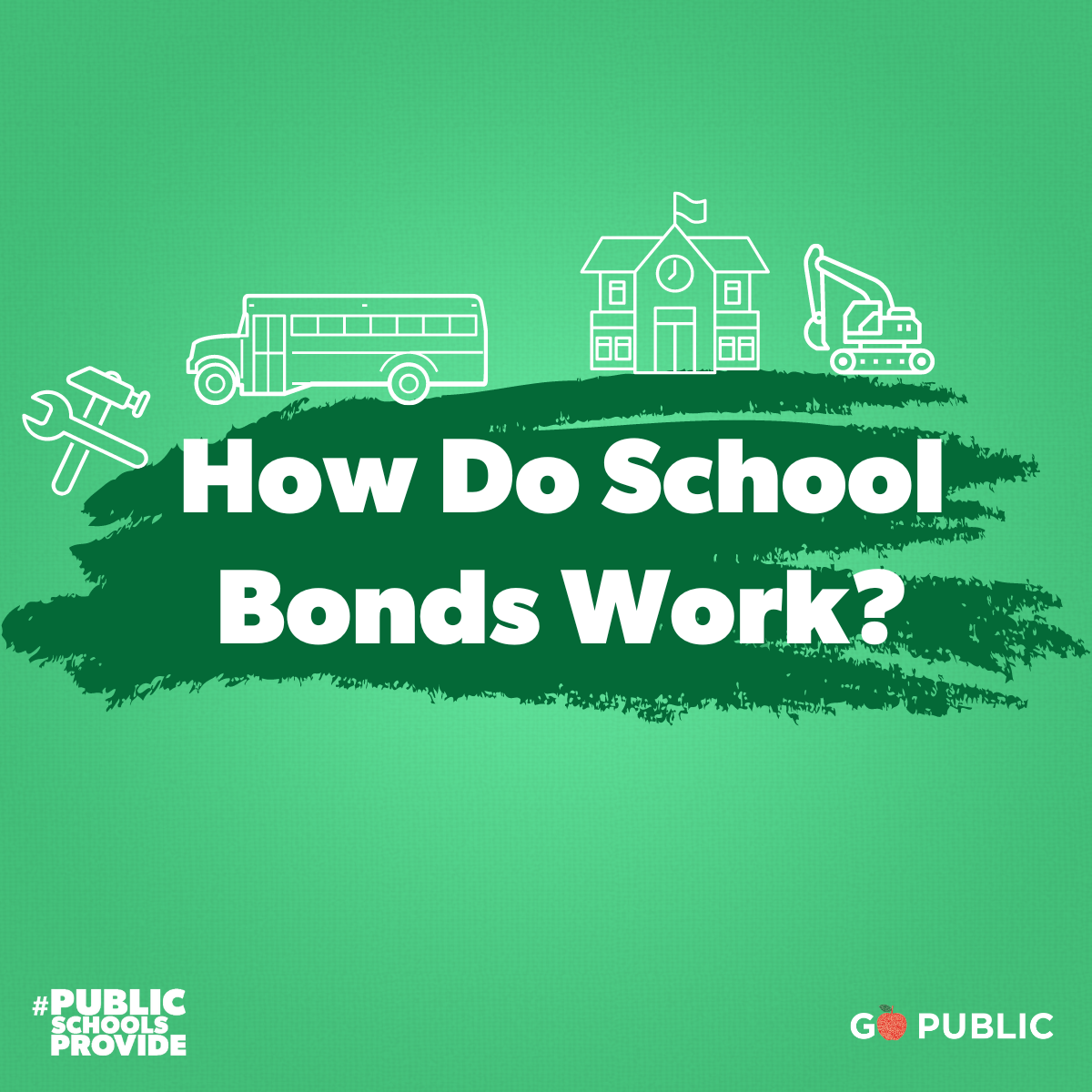How do school bonds work?
Likened to a home mortgage, a voter-approved school bond allows a school district to borrow funds. The Board of Trustees authorizes bond elections, and State law grants the Board the authority to sell bonds.
Response from “Ask Former Trustees – Clear Creek ISD Chapter”: Joanna Baleson, Ken Baliker, Jennifer Broddle, Bob Davee, Glenn Freedman, Ann Hammond, Charlie Pond, Page Rander, Dee Scott, Win Weber
How are Texas schools funded?
A school district’s tax rate consists of two parts:
a) Maintenance and Operations (M&O) which funds the General Operating Fund, which pays for salaries, supplies, utilities, insurance, equipment, and the other costs of day-to-day operations; and
b) Debt Service (Interest & Sinking or I&S) which can be used for a variety of special purposes, assuming voter approval. For example, they may finance facility construction and renovation projects, acquire land, or purchase capital equipment, such as technology, and vehicles, such as buses
Where does the I&S money come from?
From school bonds. Likened to a home mortgage, a voter-approved school bond allows a school district to borrow funds. The Board of Trustees authorizes bond elections, and Texas law grants the Board the authority to sell bonds.
Prior to any bond vote, a volunteer citizen committee is usually created to develop a bond package for presentation to the Board of Trustees. The Board approves the bond package – the specific uses of bond monies and the estimated costs for each project included in the bond.
After voter approval, the school district can sell bonds to investors who are repaid their principal plus interest. Payout is limited by law to 40 years. The district sells bonds that mature at different times, so bond expenditures for items with a shorter lifespan are paid off before the purchase becomes obsolete. This also allows the district to capture the lowest interest rates available.
Importantly, bonds do not cost the district anything until they are sold. A district receives a higher due to the guarantee by the Texas Permanent School fund, having a strong fund balance, and maintaining a record of financial management excellence. Of course, market conditions will affect the actual interest rates, which may be higher or lower than original estimates.
Why is bonding a good idea?
As state agencies, school districts rely on M&O to pay for the education of the State’s children.
Bonds allow for districts to spread the cost of expensive projects across time without affecting the district’s normal educational operations. Also, bond funds all stay with the district, and they are not subject to state recapture, fluctuations in revenue due to state mandates, or other negative economic influences.
In short, bonds save and protect taxpayers while allowing for essential, ongoing facilities development and other capital expenses to be funded.
Note that the definition of ‘essential’ is in the mind of the voter!
How do bonds work?
Voters approve a specific dollar amount— or the maximum amount the district is allowed to sell without another election.
The school district may then sell their bonds as ‘municipal’ bonds when funds are needed for capital projects, usually once or twice a year.
The interest rate paid is based on the district’s bond rating and the interest rates in effect at the time of sale.
Districts benefit if they have a higher bond rating, meaning a lower interest could be charged. Principal and interest on the bonds are repaid over an extended period with funds from the Debt Service tax rate. (Source: TASB).
Thus, there are two parts to any bond process:
1) bond authorization that specifies the amount of bonds the district is authorized by the voters to sell, and
2) bond sales that may occur over a period of time with the date and amount of each sale determined by the Board on an as-needed basis. (TASB).
Note that a district is not obligated to spend all the authorized monies but cannot exceed the authorization.
Can a school district use bond dollars for things not explicitly voted upon?
Yes, if…. And that is a big ‘if.’ The district can reallocate bond savings from a given project to another project IF:
- the specified project is completed satisfactorily
- the new project fits into the bond language
- the the board approves the allocation.
For example, with board approval, funds for renovation for School-A could be used for School-B (assuming the first school’s project is done), but not for buying a new school bus. Again, reallocating bond funds can save money in the long run, reward efficiencies and upgrade the district.
How has the legislature changed the language we see on a ballot?
During the 86th Legislative Session (2019), the Governor signed a bill that added language school district must include on every bond package taken to the voters.
“THIS IS A PROPERTY TAX INCREASE.” These six words in capital letters are now required on all school bond election ballots regardless of whether the bond will or will not actually increase property taxes.
Those favoring this language argue that it promotes transparency, voter awareness, and a differentiation from other items on a ballot.
Opponents of the inclusion of that warning maintain that the words are not always accurate, are misleading (taxes are determined both by tax rates and appraisals) and are emotional deterrents to support essential needs.
(Written September 2022)























